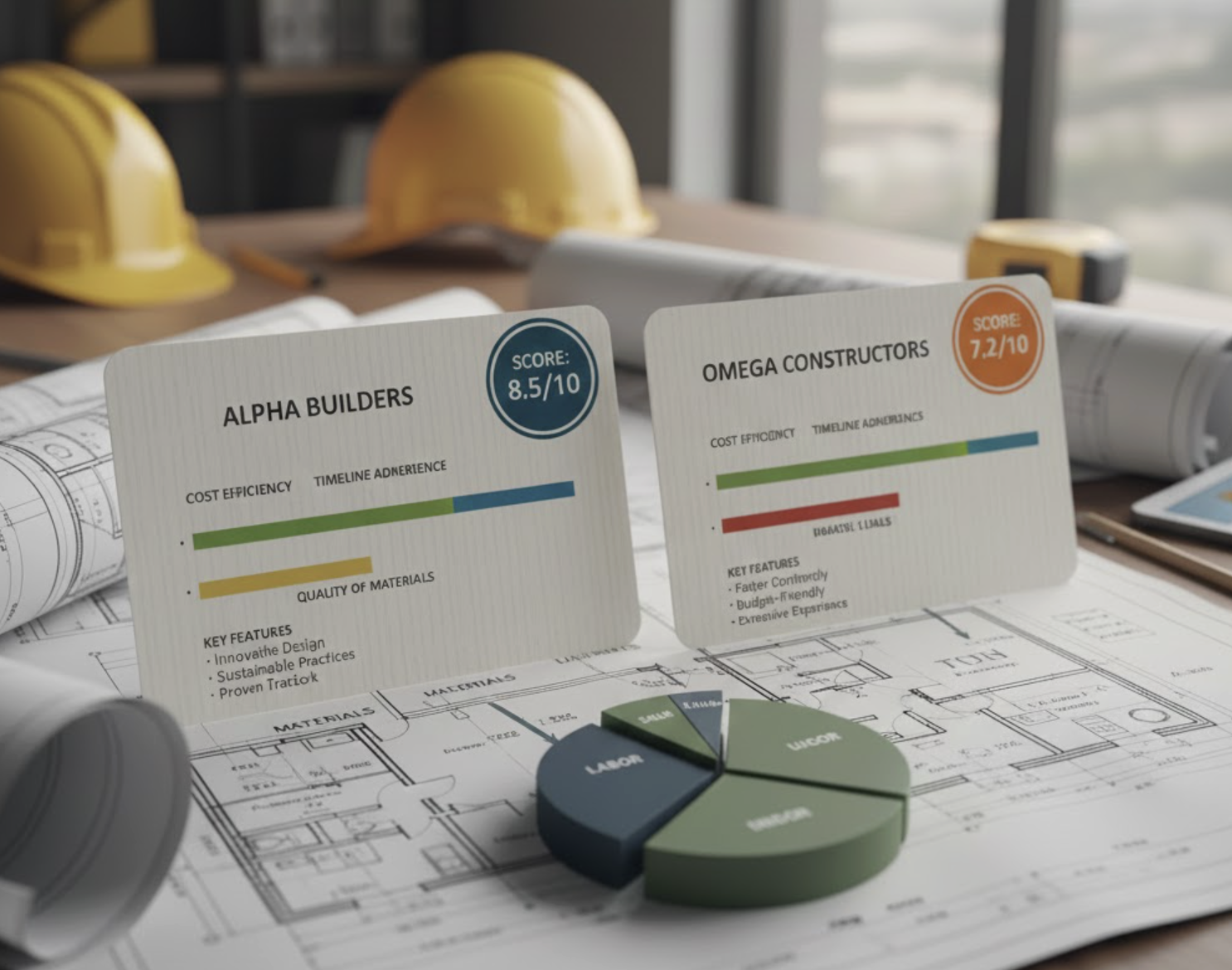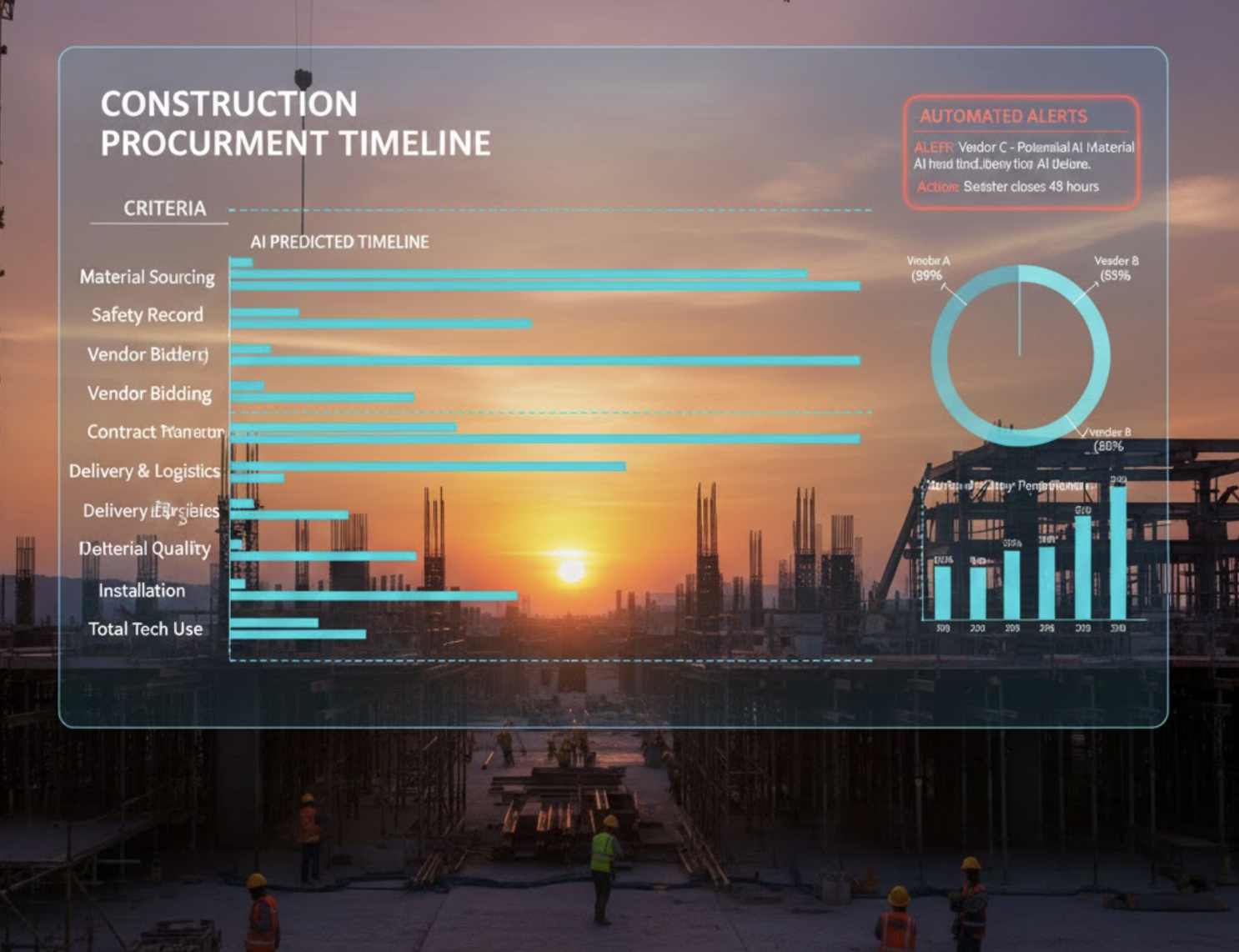Why You Can’t Rely on Consultants Alone for Risk Forecasting
In today’s rapidly evolving construction landscape, effective risk management is more critical than ever. As organizations strive to tackle unforeseen challenges, understanding the limitations of relying solely on consultants for risk forecasting becomes paramount. In this blog, we delve into the essence of risk forecasting, its importance, and explore how tools like Zepth can enhance risk management strategies.
Definition and Importance of Risk Forecasting
Risk forecasting refers to the systematic approach of assessing the likelihood and potential impact of adverse events on an organization. Particularly in sectors such as construction, it is essential for corporate decision-making, financial planning, and compliance. In an environment fraught with uncertainties, employing effective risk forecasting methods ensures that stakeholders can mitigate potential threats and seize growth opportunities.
Limitations of Consulting Firms in Risk Forecasting
While consulting firms bring valuable insights to the table, relying solely on their expertise can have significant drawbacks. This section highlights several critical limitations:
Data Quality and Availability
A major challenge in risk forecasting is the quality and availability of data. Consultants typically depend on the data provided by clients, which can often be inadequate or inaccurate. When data lacks precision, it severely hampers the accuracy of forecasts. In the realm of “construction financial management tools”, for instance, poor data quality can distort financial projections, elevating risks instead of alleviating them.
Assumption Accuracy
Another inherent limitation lies in the assumptions upon which consultants base their forecasts. Forecasts that rely heavily on historical conditions introduce a layer of uncertainty, especially in times of unprecedented change. If assumptions are incorrect, the consequences might lead to ill-informed decisions that ultimately compromise project outcomes.
Model Limitations
Consulting firms typically use various forecasting models, but these models often come with inherent constraints. While they leverage historical data, such datasets may fail to reflect future volatility, particularly in cases of economic crises or unexpected events. Without integrating a “common data environment for construction”, these models risk underestimating emergent threats.
Risk Appetite and Tolerances
Defining an organization’s risk appetite and tolerances can be complex, and external consultants may struggle to capture these nuances accurately. Risk assessments must incorporate sophisticated quantitative analyses, often requiring in-house expertise alongside external support to minimize forecast errors.
External Factors
External conditions, whether economic shifts or regulatory changes, can greatly influence the precision of forecasts. An instance of this would be how unexpected forces of nature can upset previously established forecasts. Therefore, constant re-evaluation and agile adaptation to these factors are crucial, which often extends beyond the scope of standard consulting engagements.
Privacy and Confidentiality
While consultants can offer critical insights into risk forecasting, they may not always have access to sensitive data necessary for comprehensive risk assessments. In-house teams, familiar with the intricacies of their organization, are often better positioned to integrate confidential information effectively.
Best Practices for Comprehensive Risk Forecasting
To navigate the complexities of risk forecasting, it is essential to adopt a more integrated approach:
Integrated Risk-Based Forecasting and Planning (RBFP)
Organizations that incorporate risk considerations into all aspects of their planning processes tend to achieve smaller forecast errors. By utilizing sophisticated tools, such as stochastic models and forecast probability distributions, firms can anticipate a wide array of potential risk-related outcomes more effectively.
Continuous Monitoring and Update
Risk forecasting should transition from a one-time event to a continuous process. Ongoing monitoring allows firms to track risk drivers and update forecasts with new data, enhancing their relevance and accuracy.
Internal Expertise
The integration of external consulting with in-house expertise can yield a comprehensive understanding of risks. Internal teams can ensure all critical data and assumptions are accounted for, aligning with the organization’s specific risk appetite and tolerances effectively.
Use Cases and Emerging Innovations
The construction industry is ripe with opportunities to leverage technology for better risk forecasting:
Advanced Analytics and AI
Employing advanced analytics alongside AI in construction enhances risk forecasting precision. AI can analyze substantial volumes of data and detect intricate risk interdependencies more effectively than traditional methodologies, providing invaluable insights for project stakeholders.
Collaborative Approaches
Fostering collaborative relationships among consultants, internal teams, and other stakeholders allows organizations to harness individuals’ strengths collectively. Such synergy enables effective integration of private information and the utilization of advanced forecasting models, fostering an environment conducive to proactive risk management.
How Zepth Can Help
In today’s construction landscape, utilizing a platform like Zepth can significantly enhance risk forecasting and management:
Integrated Risk Management
Zepth’s platform allows for integrating risk management into financial planning, project management, and strategic decision-making processes effectively. Tools within the platform support continuous risk evaluation, enhancing the accuracy of risk assessments.
Advanced Analytics
Zepth’s advanced analytics capabilities empower organizations to employ stochastic models and forecast probability distributions. This is particularly beneficial in construction management, where accurately predicting risks such as project delays or cost overruns is imperative for successful project delivery. Explore Zepth’s Project Financials tools for enhanced management.
Data Management
To improve data quality, Zepth offers comprehensive data management solutions ensuring that pertinent data is systematically captured and integrated into risk forecasts. This mitigates challenges tied to data availability and quality, thereby supporting more reliable forecasts. To learn more about Zepth’s data management capabilities, visit the provided link.
In conclusion, organizations must transcend the limitations of solely relying on consultants for risk forecasting. By embracing integrated approaches, harnessing advanced technological tools, and fostering collaboration, businesses can enhance their risk management strategies significantly. Zepth stands as a pivotal ally in this journey, providing essential tools and insights to fortify construction project management and delivery.




